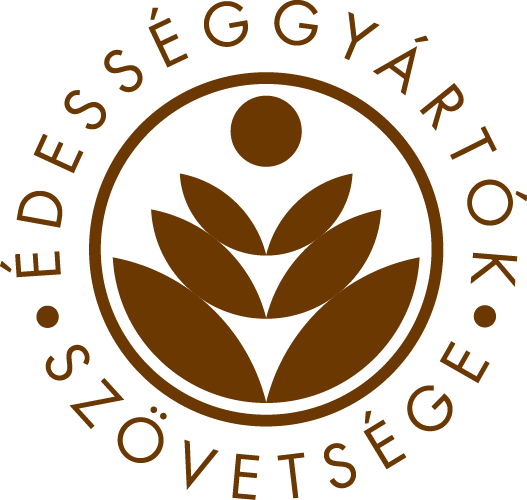In the past year, the value of sold seasonal Easter sweets increased by 10% compared to growth expectations of 2-3%. This year, confectioners expect a further increase in the value of confectionery, while the volume of sweets sold may remain unchanged because consumers are increasingly choosing high quality or premium products, said Sándor Sánta, president of the Association of Hungarian Confectionery Manufacturers.
Every year, the demand for quality and premium sweets is constantly and gradually increasing in Hungary. More and more people are consciously choosing high added-value products made from excellent ingredients, including chocolate with a high cocoa content, wholemeal biscuits, soft gummy candy and special sweets such as one of last year’s hits: naturally ruby chocolate.
On the domestic market, consumers snack on nearly 800 tons of Easter sweets every year. The increase in this volume of confectionery is considered unlikely by the confectionery producers, but the increasing proportion of quality and premium products is all the more likely.
A novelty is the expansion of the ‘superfoods’ category. A small portion or a bite of products made from raw materials from natural, controlled sources is sufficient to provide the consumer with a range of valuable nutrients along with a moderate calorie intake.
For Easter, manufacturers also announced products such as the ruby chocolate egg, the chocolate bunny with a flavour reminiscent of cheesecake, and the chocolate squirrel enriched with hazelnuts roasted in different ways.
In the chips range sea salt, beetroot and ginger flavours have been introduced to meet consumer demands, and in some countries sweet potato chips are also available: customers can also choose salty caramel and even chocolate chips. Since sweet chips are less suited to Hungarian taste, nobody is likely to meet such products here, but the fresh “wallops” craze is expected to reach us. Wallops is a three-layered snack, served ice-cold, with ice cream inside, encased in a crunchy biscuit layer and coated in delicious dark chocolate.
Pairing different flavours, and thus amping up the experience, has come to the fore for many manufacturers, so sweets in coconut-caramel, coconut-almond, apple-lime or strawberry-peanut butter combinations can appear on the shelves in the near future.
In addition to the interior, a refined exterior is also important: the gift nature of many products is being enhanced, and manufacturers are issuing limited edition packaging and unique decorations. Renewal and innovation have become essential in the field of packaging too. Without modern packaging, it is unthinkable to market competitive products, even less to export them.
However, the decades-long domination of chocolate rabbits and chocolate eggs has not halted with the novelties. These two figures make up about 80% of the entire Easter confectionery market, which is no wonder, as the egg, being the symbol of rebirth and the rabbit have the strongest ties to the Easter culture of traditions. Contrary to the unresolvable chicken-egg dilemma, in this case the priority can be established. The egg came earlier than the rabbit because the egg was already a part of Christian culture from the 12th century onwards while the association of the rabbit with Easter came some 300 years later as part of an unclear German-origin tradition, spread by German craftsmen and settlers around the world.

